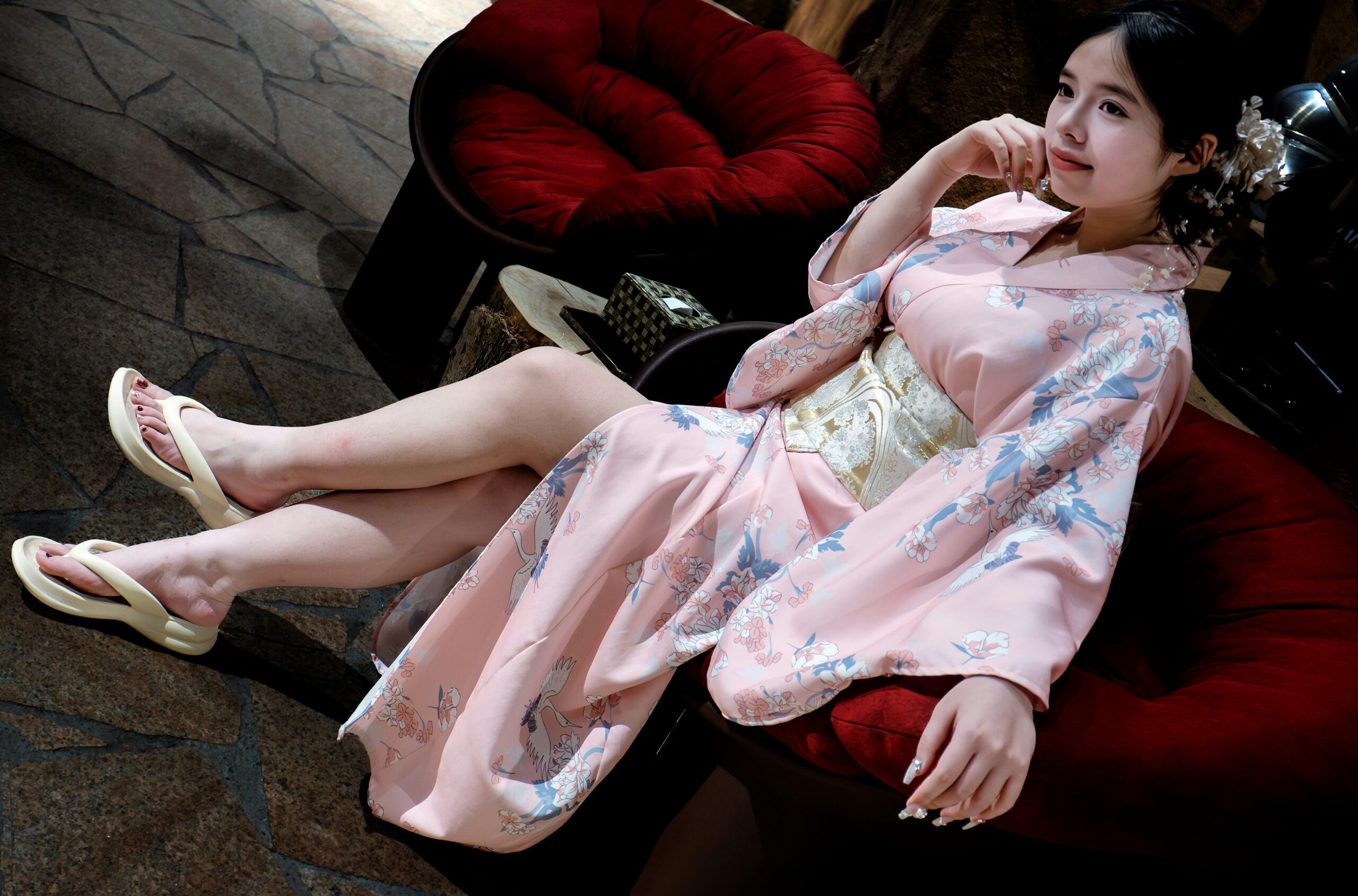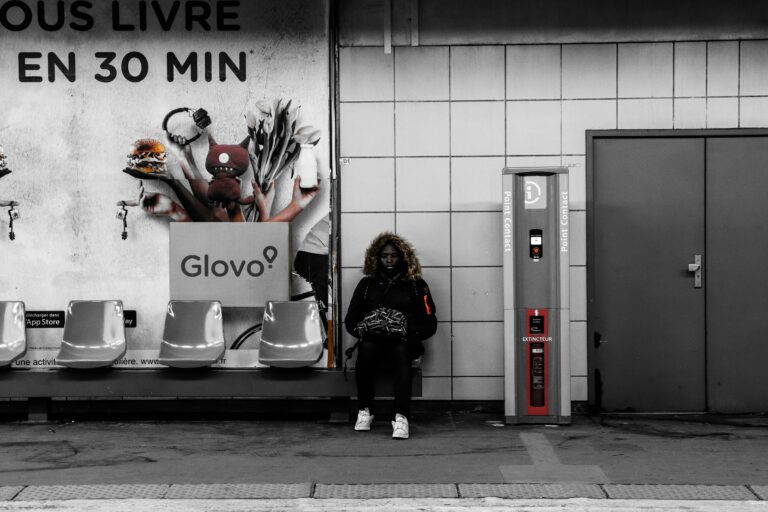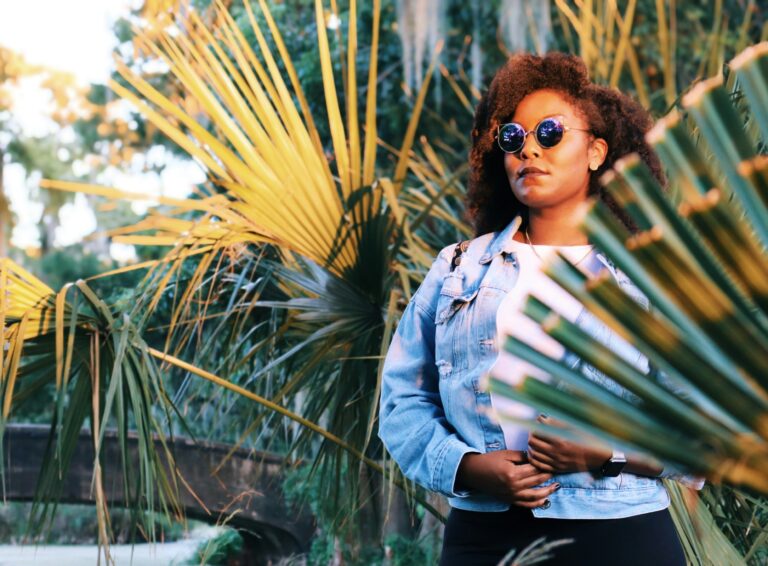Explore how to become an artistic director, creative director, or art director. Learn about degrees, job requirements, skills, and the career path in creative leadership.
How to Become an Artistic Director or Creative Director: Education, Skills & Career Paths

If you’re passionate about leading creative teams, shaping visual narratives, or defining the soul of a brand, you may be asking: how do I become an artistic director or creative director?
In this guide, you’ll learn:
- What an artistic director and creative director actually do
- What degrees, qualifications, and skills are needed
- How the career path differs between these roles
- What it means to be a creative art director
Let’s break it down.
Contents
- 1 What Is an Artistic Director?
- 2 What Is a Creative Director?
- 3 What Is a Creative Art Director?
- 4 Art Director vs. Artistic Director vs. Creative Director
- 5 Education Requirements and Recommended Degrees
- 6 Key Skills & Qualifications for All Three Roles
- 7 Career Path: How to Become an Artistic Director or Creative Director
- 8 FAQs
- 9 Conclusion
What Is an Artistic Director?
The artistic director is the visionary force behind the creative output of an organization—whether it’s a fashion label, theater company, museum, or media brand.
Artistic Director Definition:
An artistic director is responsible for developing and executing the creative vision and cultural identity of a brand, institution, or production.
What Does an Artistic Director Do?
- Define the aesthetic and conceptual tone for the brand or performance
- Curate campaigns, shows, exhibits, or collections
- Lead teams of designers, directors, stylists, and writers
- Oversee casting, set design, visuals, and storytelling
- Collaborate with marketing or executive teams to align vision with goals
In short: They decide how creativity is expressed—and what emotions or messages it delivers to the world.
What Is a Creative Director?
A creative director leads the strategy and execution of branding, marketing, and design efforts. This role is common in fashion, advertising, digital media, and tech.
Creative Director Responsibilities:
- Set and maintain the brand’s visual identity
- Approve all creative campaigns and designs
- Lead cross-functional teams including art directors, copywriters, UX designers
- Ensure alignment between creative ideas and business objectives
- Manage timelines, budgets, and team performance
While the artistic director focuses more on aesthetic storytelling, the creative director merges art with strategy.
What Is a Creative Art Director?
A creative art director typically serves as the bridge between design execution and overall brand vision. While “creative art director” isn’t always an official title, it reflects someone who:
- Manages design teams
- Oversees visual direction
- Executes branding ideas aligned with higher-level vision
This role often evolves into a creative director or artistic director with seniority.
Art Director vs. Artistic Director vs. Creative Director
| Role | Primary Focus | Typical Setting |
|---|---|---|
| Art Director | Visual execution & design | Advertising, Publishing, Media |
| Artistic Director | Creative authorship, tone, and message | Fashion, Theater, Museums |
| Creative Director | Brand strategy + visual leadership | Agencies, Brands, Digital, Fashion |
Education Requirements and Recommended Degrees
Art Director Degree:
- BA or BFA in:
- Graphic Design
- Visual Communication
- Fine Arts
- Digital Media
- Optional: MFA or specialized art direction programs
Creative Director Degree:
- BA/BS or MA/MS in:
- Communications
- Marketing
- Graphic Design
- Fashion Design
- Media Arts
- Optional: MBA or Master’s in Brand Strategy
Artistic Director Education Requirements:
- BA or BFA in:
- Theater
- Fashion
- Fine Arts
- Creative Writing
- Visual Studies
- Optional: MA/MFA in Creative Direction or Cultural Studies
Majors for Art Directors:
- Graphic Design
- Advertising
- Illustration
- Photography
- Digital Arts
Key Skills & Qualifications for All Three Roles
- Strong visual and conceptual storytelling skills
- Leadership and team management
- Deep understanding of industry trends and culture
- Project management and budgeting
- Fluency with creative tools (Adobe Creative Suite, Figma, etc.)
- Excellent communication and presentation skills
- Ability to give and receive feedback constructively
Career Path: How to Become an Artistic Director or Creative Director
Step-by-Step Career Roadmap:
- Earn a Relevant Degree
Choose a major aligned with your career path (design, fashion, theater, marketing, etc.) - Start in Junior Creative Roles
Entry-level positions like junior designer, copywriter, assistant stylist, or production assistant. - Build a Strong Portfolio
Showcase real-world projects, campaigns, or performances that reflect your aesthetic and thinking. - Move into Mid-Level Roles
Progress into positions like senior designer, art director, content lead, or campaign manager. - Lead Creative Teams
Demonstrate leadership and big-picture thinking. Pitch and execute original ideas. - Grow into the Director Role
With enough experience and credibility, you’ll be ready to lead departments or brand creative vision.
FAQs
How can I become an art director without a degree?
It’s possible through a strong portfolio, relevant experience, and networking. However, most companies require a degree for director-level roles.
Is artistic director higher than creative director?
Not necessarily. It depends on the company. In theaters, artistic directors often outrank creative directors. In fashion, both may work together at equal levels.
What’s the best major for creative direction in fashion?
Fashion design, branding, communication design, or even marketing.
What degree is best for becoming an art director?
A degree in graphic design, visual communication, fine arts, or fashion design is most common for aspiring art directors.
What degree do you need to become a creative director?
Creative directors often hold degrees in visual arts, communication design, advertising, fashion, or media studies, though some rise through experience.
Can you become an artistic director without a formal degree?
Yes. While many have arts-related education, experience in directing, curation, or leadership within a creative field can also lead to the role.
What are the education requirements to become an art director?
Most art directors hold a bachelor’s degree in a creative discipline and have several years of experience in design or production roles.
What degree is required to become an artistic director in theater or dance?
Degrees in theater studies, choreography, performing arts, or arts administration are common paths for this role.
Do you need a master’s degree to become an artistic director?
Not always. While some pursue MFAs or MA programs in arts leadership or creative direction, it is not a strict requirement.
What does an artistic director do?
They develop the creative vision of an organization, curating performances, exhibitions, campaigns, or brand storytelling.
What is the definition of an artistic director?
An artistic director is the creative lead responsible for the programming, aesthetics, and overall artistic strategy of a company or institution.
What are the main responsibilities of an art director?
Art directors manage the visual aspects of a project, from layout and style to team coordination and final execution.
How is a creative art director different from an artistic director?
A creative art director works in design, advertising, or fashion, while an artistic director typically leads vision in the arts, theater, or culture.
What is the career path to becoming an art director?
Most start as graphic designers or visual artists, progressing to senior designer, associate art director, and eventually art director.
What is the career path to becoming a creative director?
Common steps include designer or copywriter → art/creative lead → senior creative → associate creative director → creative director.
What does it take to become an artistic director?
Vision, leadership, deep knowledge of your creative field, and the ability to guide teams and programming over time.
What qualifications are required for an artistic director?
Proven creative leadership, strong portfolio, industry knowledge, and experience managing artistic or design-driven teams.
How can I become an art director without a design degree?
You can build a portfolio, gain experience through internships or freelancing, and grow into the role through consistent project work.
What kind of portfolio do I need to become a creative or art director?
Your portfolio should include multi-channel campaigns, concept work, brand strategy, and leadership in execution across teams.
What are artistic director job requirements in fashion or theater?
They include overseeing creative staff, guiding the seasonal or annual vision, approving casting or talent, and managing creative integrity.
What majors prepare you to become an art director?
Graphic design, communication design, advertising, visual arts, illustration, and even fashion merchandising can lead to the role.
What education is needed for a creative art director in fashion?
A background in fashion design, styling, brand direction, or visual communication is often preferred.
What soft skills help someone become a creative director?
Creative vision, communication, leadership, empathy, trend awareness, and the ability to inspire and manage teams.
What kind of experience is required to be an artistic director?
Experience leading creative teams, programming events or seasons, mentoring talent, and executing multidisciplinary projects.
Is creative art direction the same as brand direction?
They overlap, but brand direction also includes business strategy and market positioning, while creative art direction focuses on visuals and storytelling.
Can a graphic designer become a creative director?
Yes. Many creative directors begin as designers and evolve their role by gaining leadership experience and strategic vision.
Do art directors work in film?
Yes. In film, art directors oversee set design, props, and visual environments under the supervision of a production designer.
Are there artistic directors in the fashion industry?
Yes. Brands often use the title to describe someone who leads the creative vision of collections, campaigns, and styling.
What is the difference between an art director and a creative director?
Art directors manage execution and aesthetics; creative directors guide the overarching narrative, concept, and team strategy.
How do you become a director of creative projects?
You need to demonstrate leadership, storytelling ability, and experience managing end-to-end projects across media platforms.
Are artistic director roles available to freelancers?
Yes. Especially in fashion, theater, and digital production, many work project-to-project as independent creative leads.
What is an example of an artistic director’s influence?
They can shape an entire fashion season’s identity, curate a museum’s exhibition, or direct a theater’s yearly performance calendar.
Can you study artistic direction at university?
Yes. Some schools offer specific courses or degrees in artistic direction, often under performance, design, or art leadership tracks.
Conclusion
Becoming a creative art director, artistic director, or creative director requires a blend of talent, vision, leadership, and strategy. Choose your degree based on the type of work that excites you—then start building experience that proves your creative instincts can lead.
With the right foundation, your journey from designer or storyteller to creative leadership is entirely achievable.

Shikha Singh
Keep in touch with our news & offers
Subscribe to Our Newsletter
Thank you for subscribing to the newsletter.
Oops. Something went wrong. Please try again later.






